Introduction
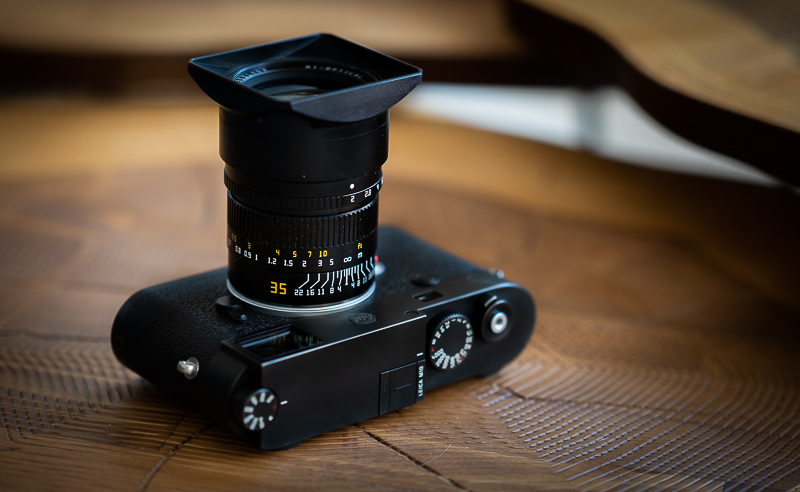
So far TTArtisan mostly released fast yet compact M-mount lenses, the most famous probably being their 50mm 0.95. These lenses often emphasized speed and size over sharpness, but now we are getting something different: the TTArtisan 35mm 2.0 Apo-Aspherical. Going by the specs this is a direct competitor to the Voigtländer VM 35mm 2.0 Apo-Lanthar, but does it also play in the same league? Let’s find out.
This lens will be reviewed on the 42mp Sony A7rII and the 24mp Leica M10.
Sample Images

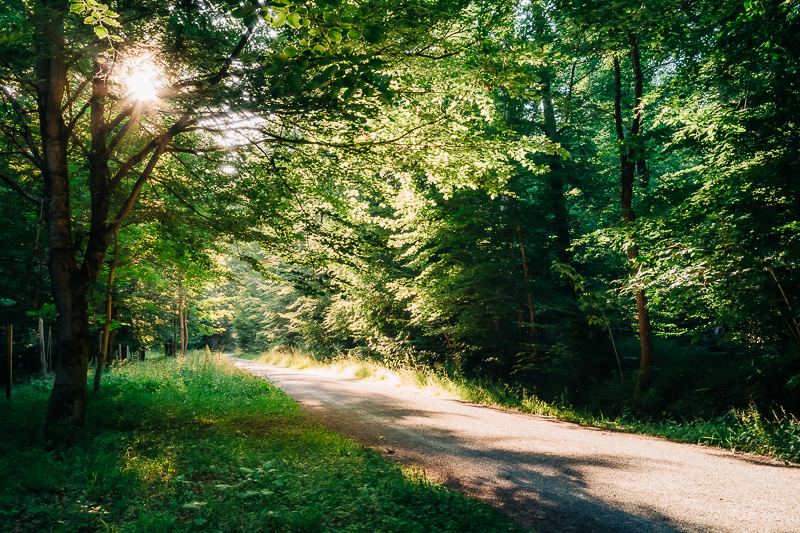
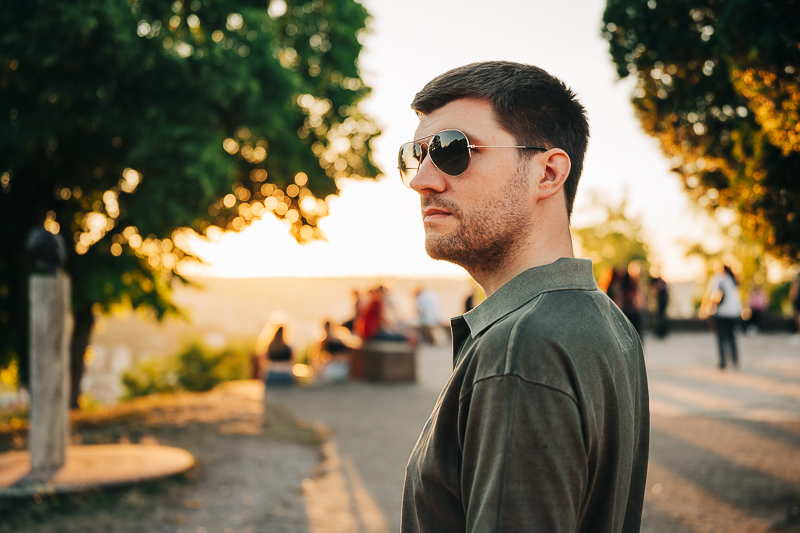
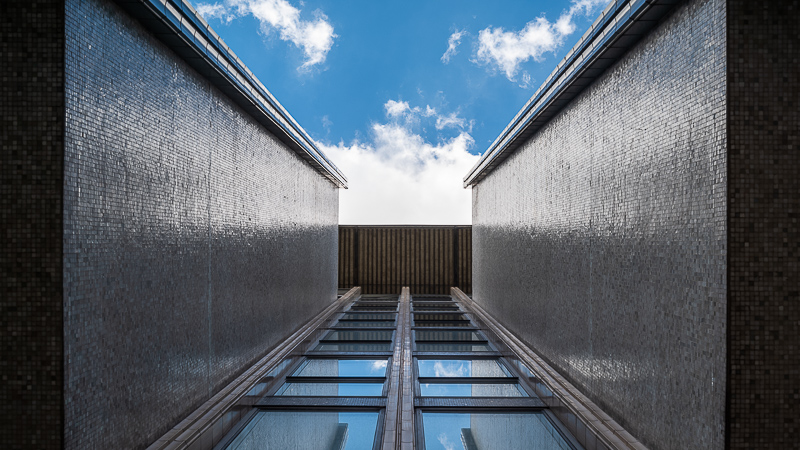
Most of the sample images in this review can be found in full resolution here.
Contents
Specifications
In the past TTArtisan often added different mount options to their lenses later, but so far this lens only comes in M-mount and has the following specifications:
-
- Diameter: 55 mm
- Field of view: 63.6° (diagonally)
- Length: 82 mm
- Weight: 510g (with hood)
- Filter Diameter: 52 mm
- Number of Aperture Blades: 10 (inwardly curved)
- Elements/Groups: 12/9

- Close Focusing Distance: 0.7 m
- Maximum Magnification: 1:16.8 (measured)
- Mount: Leica-M
You can already order this lens from TTArtisan and they should soon show up on Amazon and ebay.com for about $468 (affiliate links)
Disclosure
The TTArtisan 35mm 2.0 AA was kindly provided free of charge by TTArtisan for reviewing purpose for a duration of 4 weeks.
Handling / Build Quality
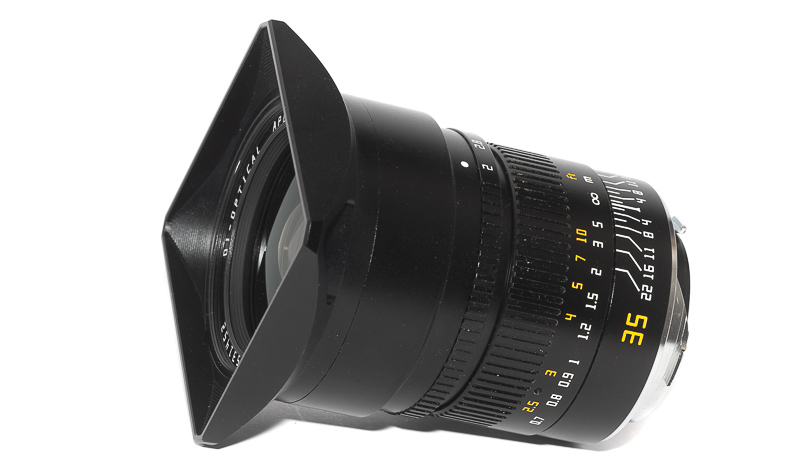
The TTArtisan M-mount lenses produced by DJ-Optical didn’t disappoint in this category so far (except for the 28mm 5.6).
From the outer apperance this 35mm lens looks very much like a Leica M lens including the famous red dot. Markings are yellow/white (engraved and filled with paint), the focus ring has perfect resistance and turns about 120° from the minimum focus distance of 0.7 m to infinity. The focus ring is also equipped with a focus tab.
The aperture ring has equidistant and very distinct half-stop click stops, feels very tightly assembled and is a joy to use.
The lens came with a properly calibrated hard infinity stop and also at closer distances it was well calibrated. Unlike many of the other TTArtisan lenses it looks like this one cannot be easily adjusted yourself though.
The TTArtisan 35mm 2.0 AA brings up the correct 35mm framelines, but the viewfinder blockage is significant. It is not an internal focus design, so the blockage gets worse as you focus closer.
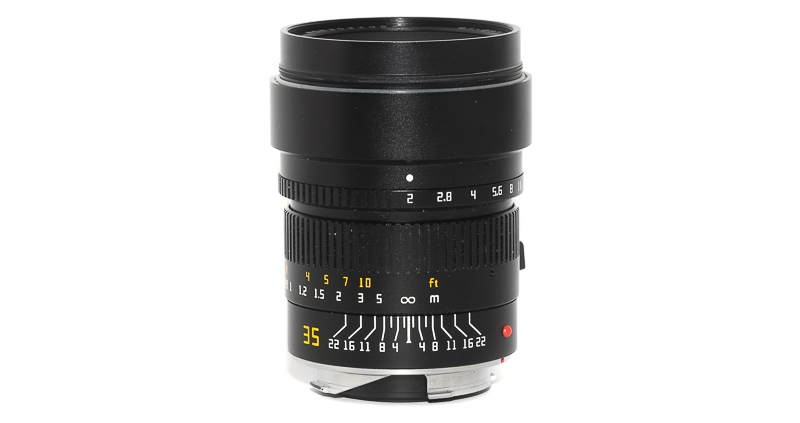
There is a rectangular hood with hole for the rangefinder included in the package this time and it is attached in the same way as some of Leica’s lens hoods (e.g. those of the 35mm 1.4 FLE or the 16-18-21mm 4.0) meaning there is a small rubber ring to put it under pressure so it stays in place when fully screwed in.
Without the hood attached it also looks like there is clearly something missing, so this is one of the lenses where I would always be using the hood.
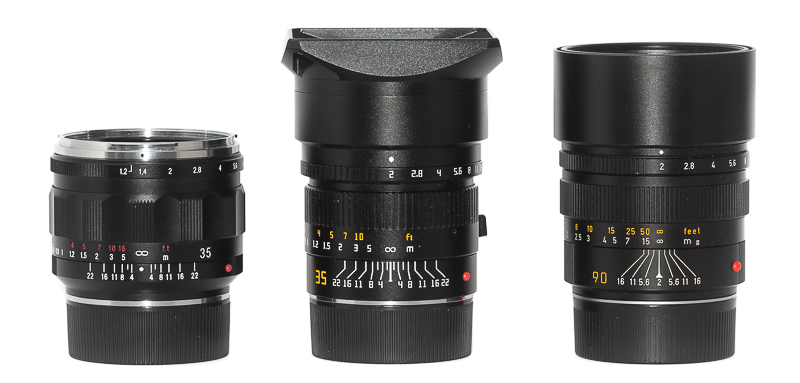
What is also notable is the size of this lens. At 510g it is the heaviest and from the outer dimensions also the biggest 35mm M-mount lens I know of, even trumping the Zeiss ZM 35mm 1.4. This coupled with the minimum focus distance of 0.7 m is a clear disadvantage compared to the Voigtländer VM 35mm 2.0 Apo-Lanthar (304g, 0.5 m MFD) and the unobtainable Leica 35mm 2.0 Apo-Summicron (320g, 0.3 m MFD).
This 35mm 2.0 is roughly the same size as the Leica 90mm 2.0.
On the Leica M10 I also had issues with unmounting the lens when it wasn’t set to infinity.
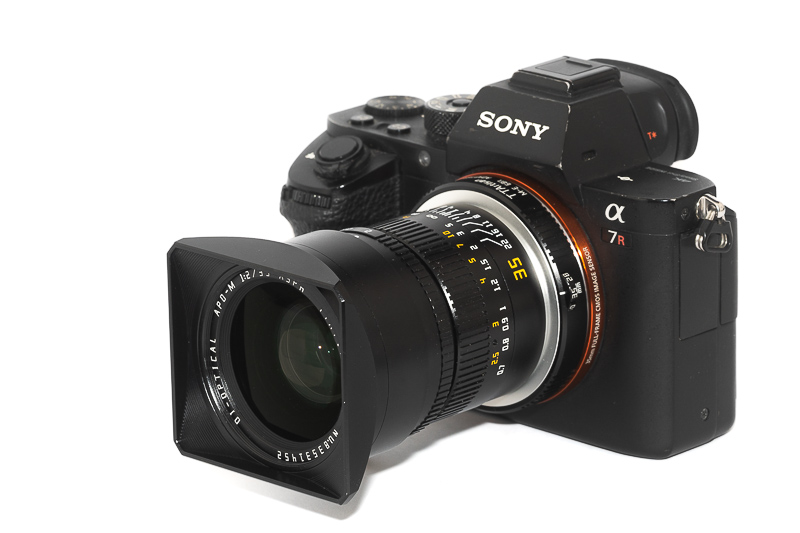
Vignetting
light falloff
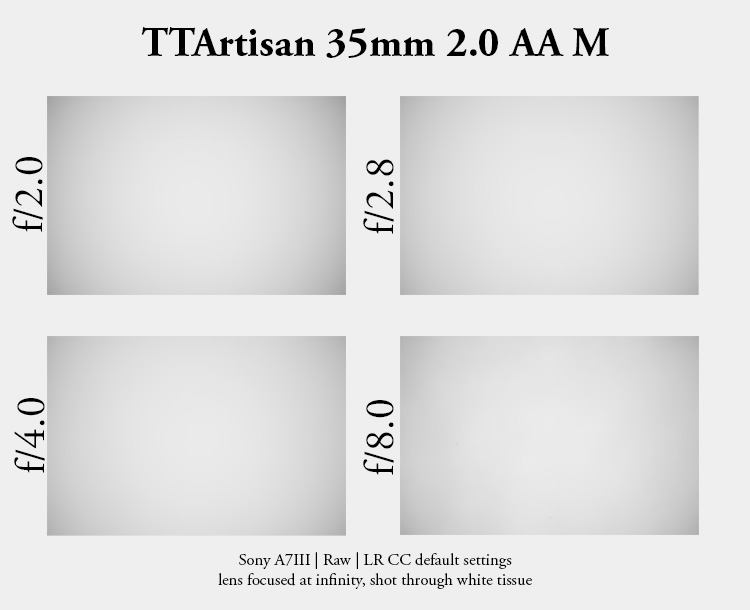
| f/2.0 | 1.9 EV |
| f/2.8-f/11 | 1.6 EV |
Now this is interesting. Wide open I measure almost 2 EV corner shading which is about 1 EV better than the Voigtländer VM 35mm 2.0 Apo-Lanthar. What is also interesting: stopping down to f/2.8 improves this to around 1.6 EV but stopping down further does not change this value at all.
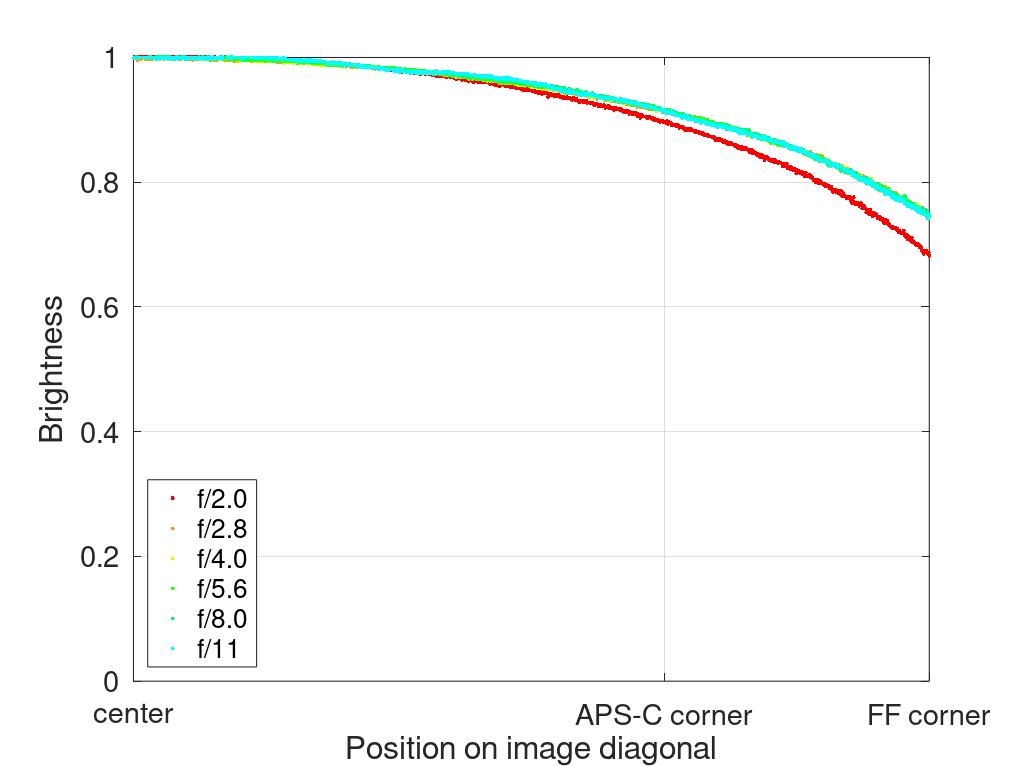
It is recommended to have a look at this article first to get an idea how this brightness graph works.
optical vignetting
A 35mm lens with a maximum aperture of f//2.0 is not a lens where I would expect a significant amount of optical vignetting.
Nevertheless we will have a closer look, so in the following comparison we move from the center (left) to the extreme corner (right) and see how the shape of the light circle changes.
We can learn 3 things from this:
- Optical vignetting is low
- The straight aperture blades lead to decagons already at f/2.8
- The polishing of the aspherical element is really rough, as we see severe onion ring structures
Sharpness
infinity (42mp Sony A7rII)
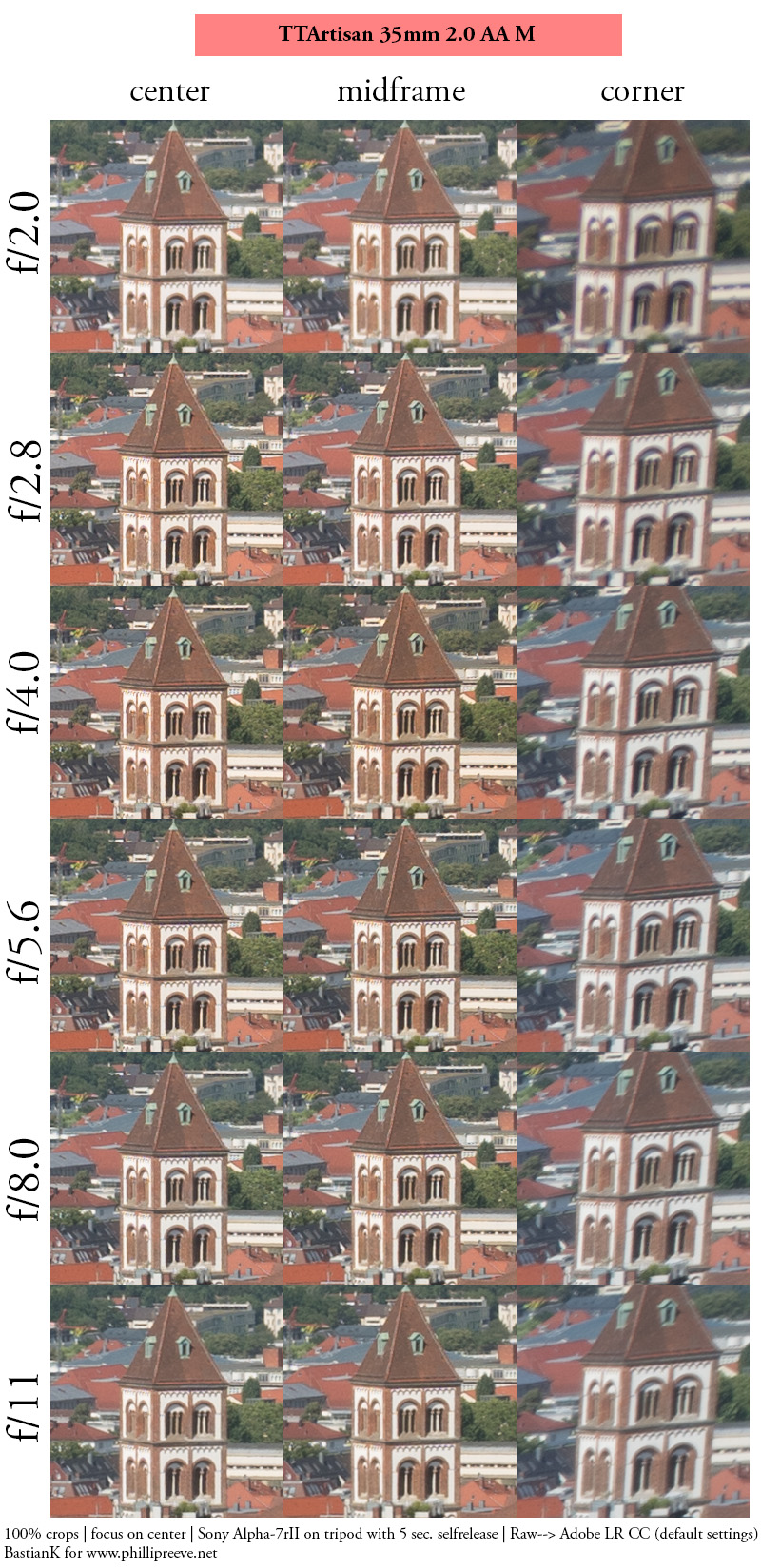
Lenses this complex and high resolving are best used on the camera sensor they are designed for, so we should expect some reduced corner resolution when using this lens on the thick Sony filter stack if it has been designed for the thinner Leica filter stack..
Still, on a Sony camera we see very good center and midframe resolution from f/2.0 and while the corners never reach that level, they still look good from f/4.0. So interestingly this TTArtisan 35mm 2.0 M-mount lens performs better on E-mount cameras than the Voigtländer VM 35mm 2.0 Apo-Lanthar (but of course worse than the E-mount verison of the Voigtländer).
But let’s have a look how the lens performs on the Leica M10 in the next section.
infinity (24mp Leica M10)
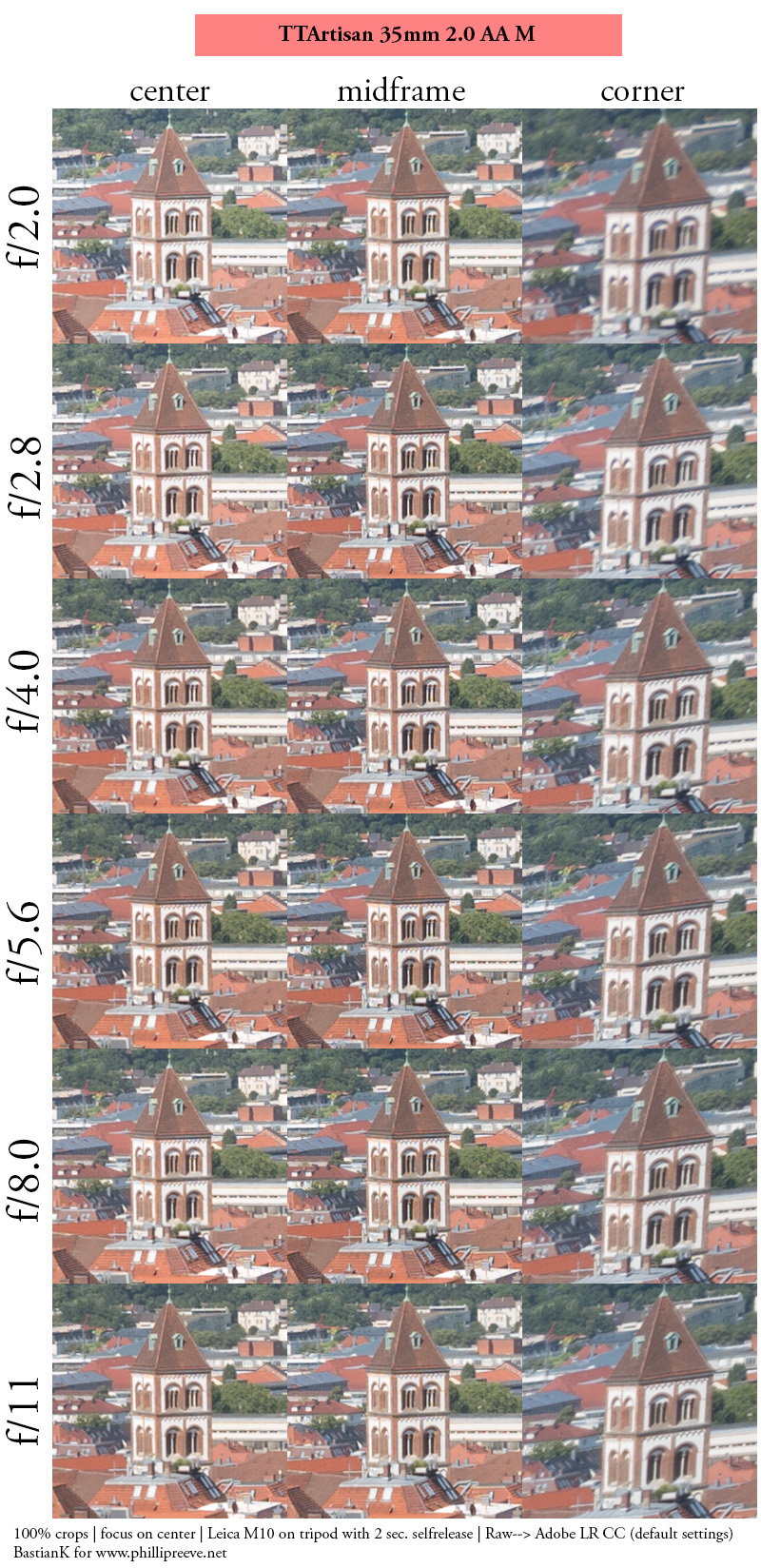
Considering the complex design of this lens I expected performance rivaling the Voigtländer VM 35mm 2.0 Apo-Lanthar when used on the Leica M10. While this is certainly true for center and midframe, the corners of the TTArtisan lens do benefit from stopping down a bit.
Maybe their lens designer went for an “average” filter stack thickness during the design which would explain why it performs better on the Sony A7rII but worse on the Leica M10 (compared to the Voigtländer VM 35mm 2.0 Apo-Lanthar) so they don’t have to design separate lenses for different camera systems like Cosina did for their Apo-Lanther lenses.
portrait distance 1.0 m distance (24mp Sony A7III vs 24mp Leica M10)
For portraiture it isn’t so important how flat the field is, it is more interesting to see what the sharpness is like when focused at different parts of the frame to take field curvature out of the equation.

We will be looking at 100% crops from the 24mp Sony A7III and the Leica M10. Both cameras do not have an anti aliasing filter in front of the sensor.
Sony A7III <—> Leica M10
observations
At a focus distance of 1.0 m the lens performs really great in terms of sharpness and there are only minor differences in performance between the cameras visible.
close (0.70 m, 1:16.8, 42mp A7rII)
100% crops from center, A7rII, because of focus shift (see corresponding section) I refocused for every shot.
A minimum focus distance of 0.7 m is a bit long for a 35mm lens but still typical in the M-mount world. Still, most of the Voigtländer 35mm lenses focus down to 0.5 m and the latest Leica 35mm 2.0 even focuses as close as 0.3 m.
Coming back to the TTArtisan 35mm 2.0 there is hardly any softness at the maximum aperture visible, so I wouldn’t hesitate to use f/2.0 at close distances at all.
Flare resistance
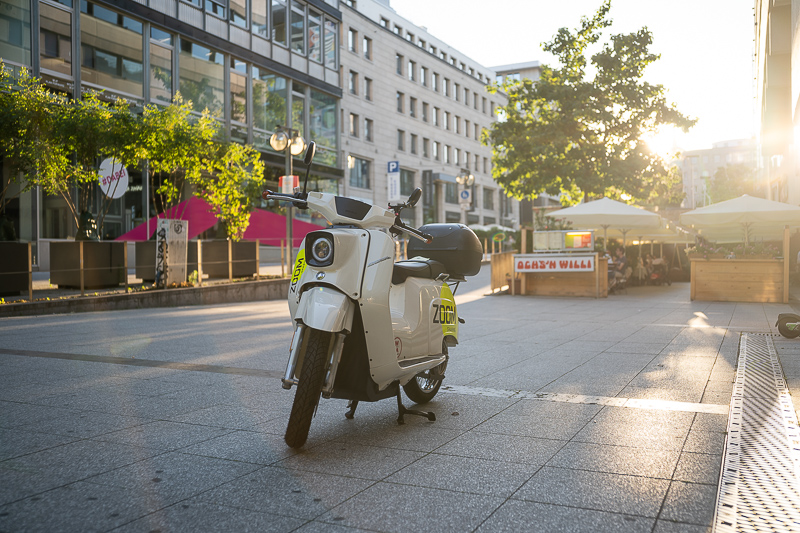
Evaluating flare is a complex matter since you can get any lens to look bad if you push it hard enough and a slight change of scenario can affect results a lot.
Just recently I reviewed the TTArtisan 50mm 2.0 which performed very bad in this category. So let’s hope this 35mm lens is doing a better job.
Sun outside frame
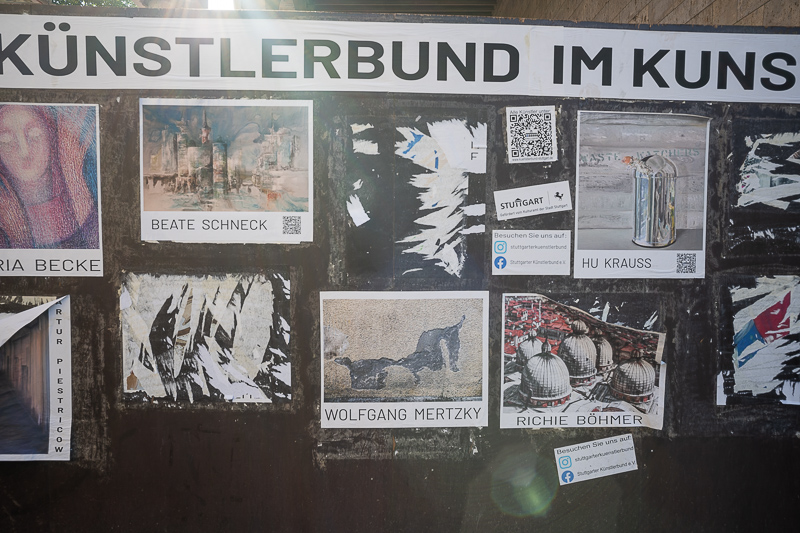
A strong point light source outside the frame can lead to a bit of veiling flare (loss of contrast) as well as a few smaller ghosts.
With most lenses there is a very specific position close to the corner of the frame that will lead to a huge flare and the TTArtisan 35mm 2.0 AA is no exception, but this is something easily avoided by a slight reframing and not something you will encounter often in the field.
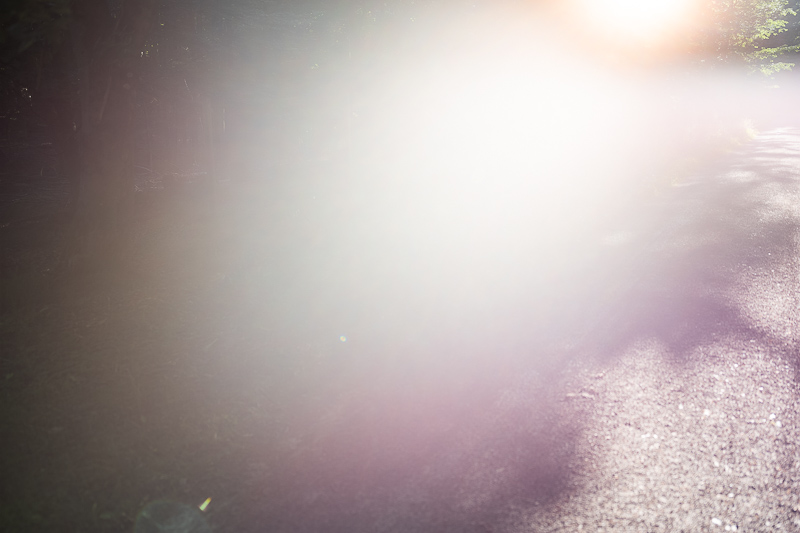
Sun inside frame
With the sun inside the frame a ring flare can appear at wider apertures that goes away on stopping down.
I took many pictures with a strong light source in the frame without any issues (see the sample images), but every now and then you will catch some artefacts.
Coma
Generally the Coma correction is good, but there is another issue that is visible here: radial streaks around point light sources that don’t go away on stopping the lens down.
My first guess was that it is tangential Astigmatism, but I have never seen this aberration to such a high degree in any lens I have reviewed before and the resolution stopped down generally is really good – if it was Astigmatism this shouldn’t be the case.
100% crops from extreme corner, focused on center, Leica M10
My current guess is that this is due to the very rough polishing of the aspherical element. The deep radial cuts may lead to this effect and this can definitely be an issue for blue hour shooting.
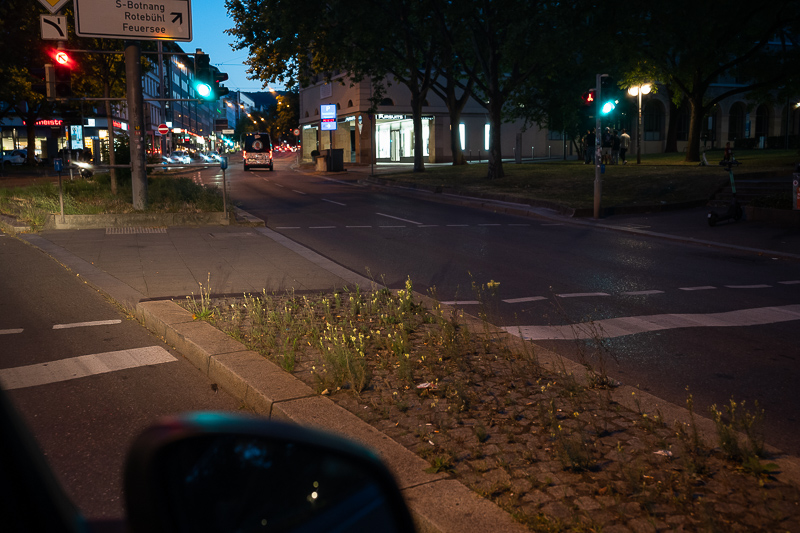
Distortion
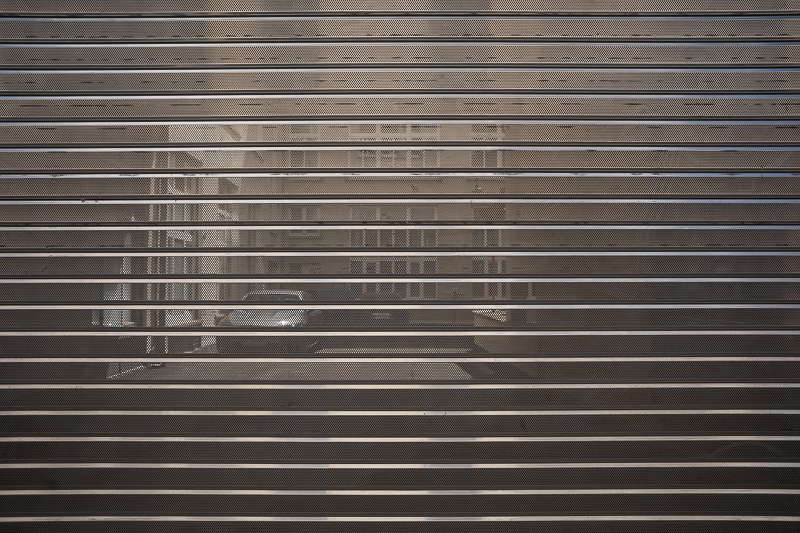
Distortion is hardly visible, but there is a slight waviness close to the borders. Nevertheless, even for architecture pictures I never felt the need to correct it.
Bokeh

When it comes to 35mm lenses a maximum aperture of f/2.0 is not that exciting anymore, as these days we have a very high resolving f/1.2 lens with autofocus, a compact M-mount 35mm f/1.2 lens and even an f/0.95 manual focus lens.
But when it comes to bokeh there is not only quantity, there is also quality and the low optical vignetting gives me a bit of hope here.
Close Distance
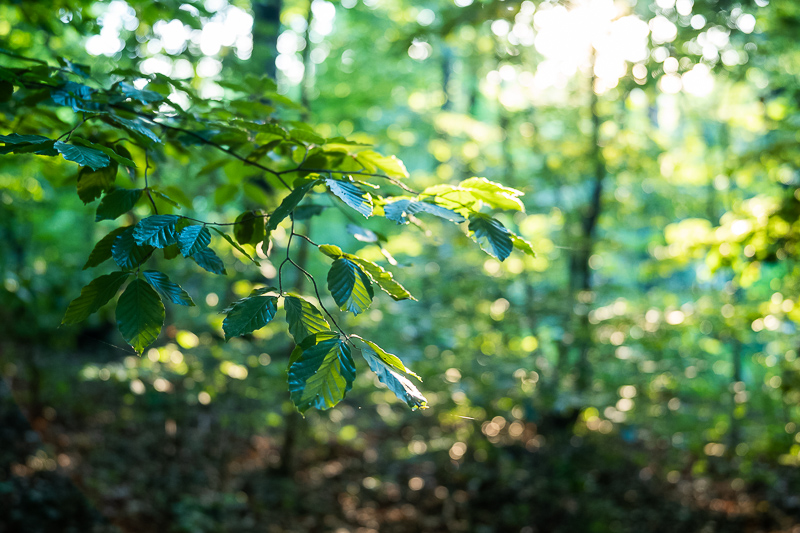
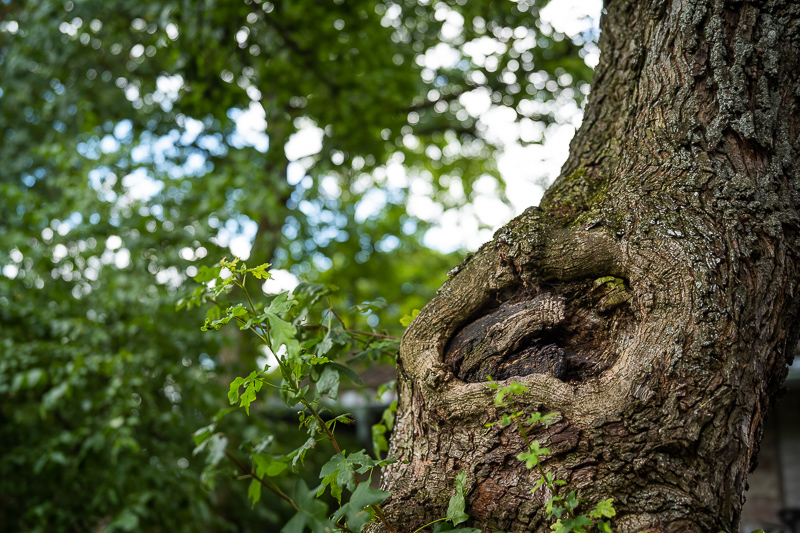

A minimum focus distance of 70 cm is not that great for a 35mm lens. What I like here is the very even bokeh though, which looks very natural to me thanks to the absence of odd shapes in the corners. Compared to the Voigtländer VM 35mm 2.0 Apo-Lanthar the bokeh is also less busy/contrasty.
With defocused point light sources in the frame onion ring structures due to the rough polishing of the aspherical element can become visible though. You will also be able to spot this when having a look at some of the forest pictures in higher resolution.
Mid Distance
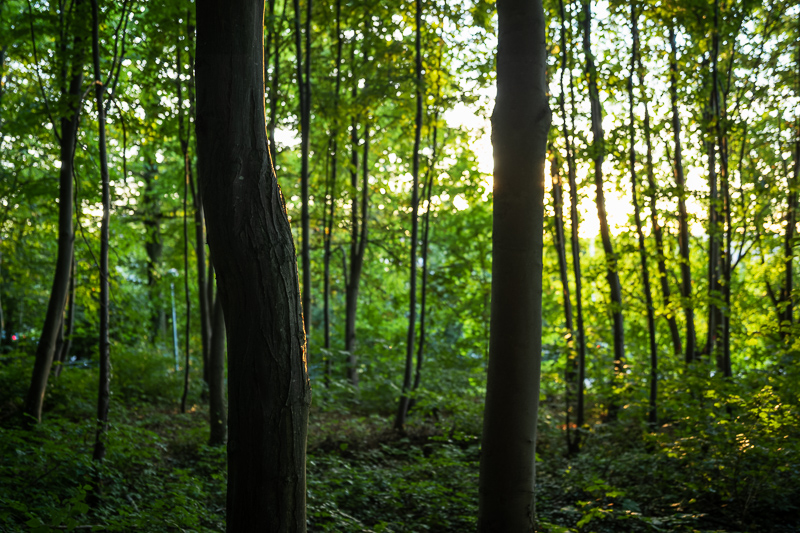
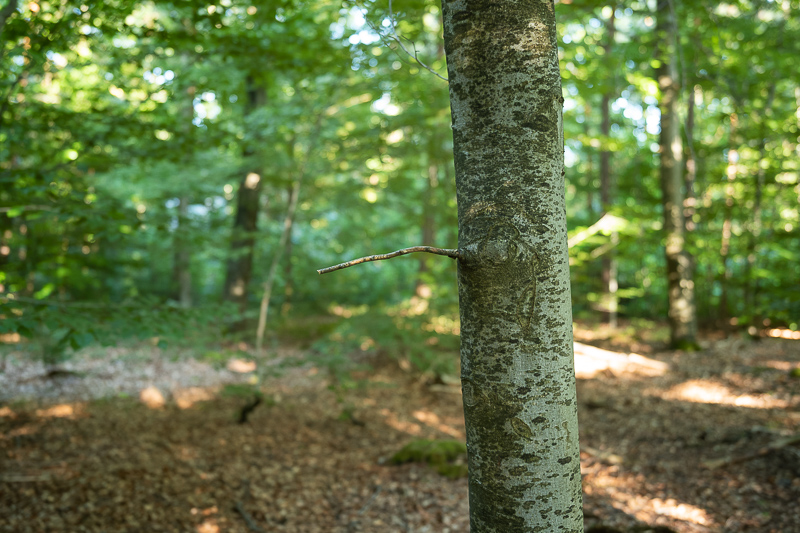
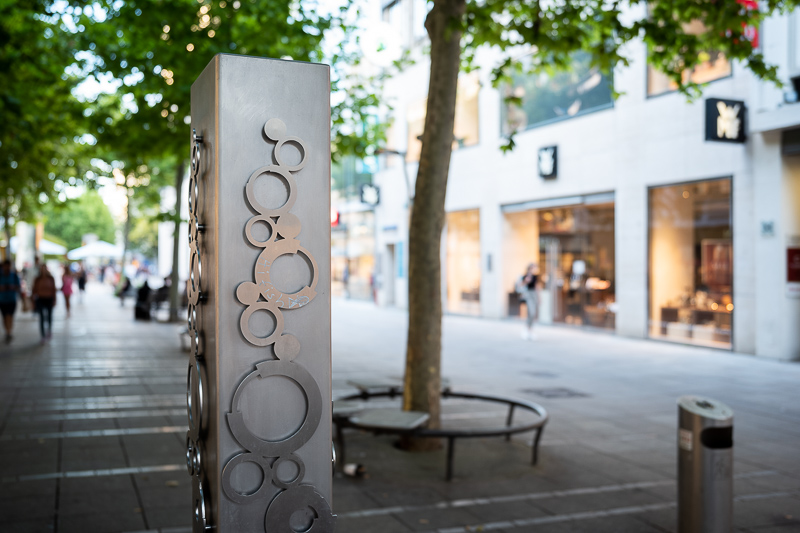
The trend continues at medium distances. I actually don’t remember the last time I have used a lens that gives this even bokeh from center to corners at its maximum aperture.
Long distance

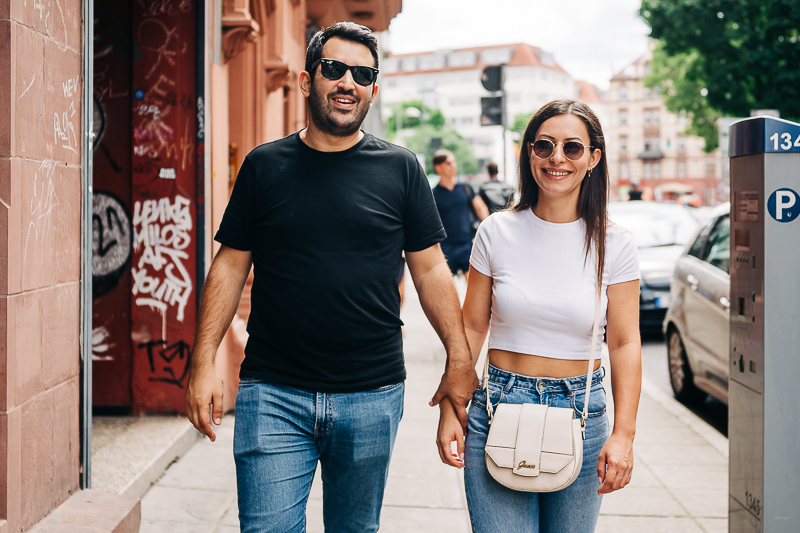
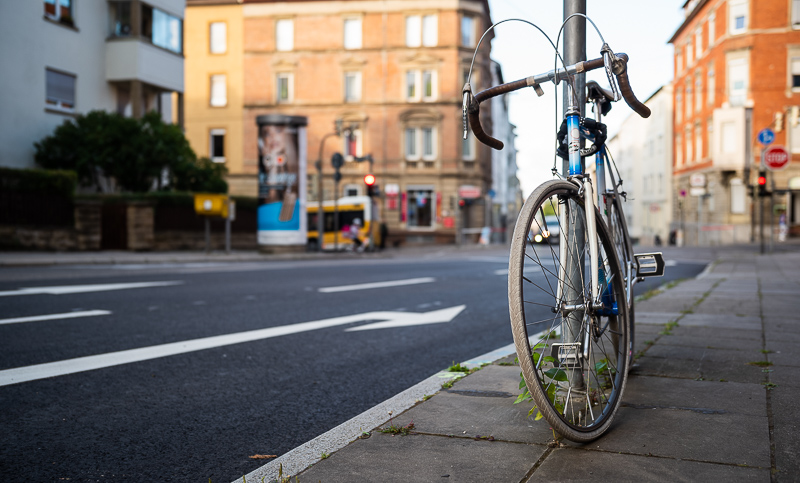
Longer focus distances are where things get interesting. When using compact lenses with high vignetting and unfavourable field curvature it often happens that the corners are noticeably less out of focus than the central part of the frame.
This is not the case here. Also at longer distances the bokeh looks very natural and undistracting to me. If you are one of those not after bragging rights of having the fastest aperture written on the lens, but after an even and natural look this lens might be for you.
Sunstars
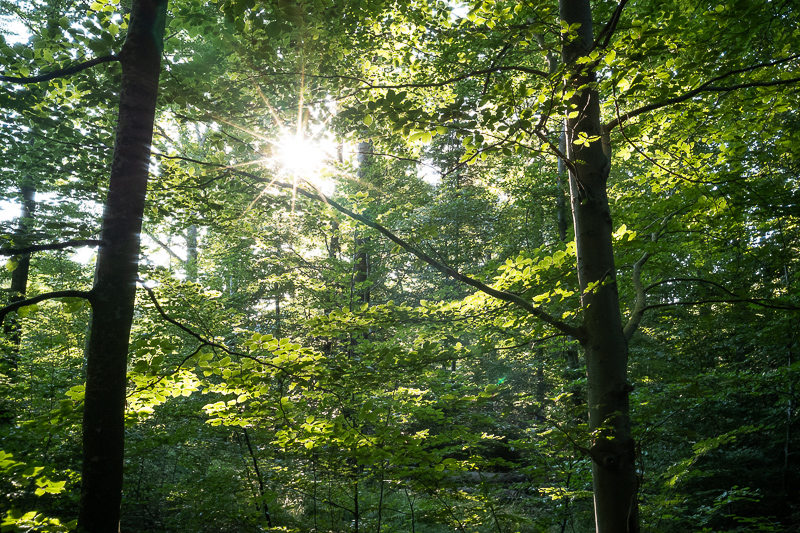
The TTArtisan 35mm 2.0 AA uses 10 straight aperture blades, which can be good news for sunstars, but as we know not only shape and number but also the quality of alignment of the aperture blades is detrimental. At wider apertures we see rather fuzzy sunstars, it actually takes stopping down to f/16 to see distinct ones.
If you want to know more about sunstar rendering of different lenses have a look at this article.
Chromatic aberration
lateral
I checked the amout of lateral CA and they are so close to zero I have nothing to show you here.
longitudinal
An Apo tag is easily printed on a lens or its box, but only very few lenses actually offer a fully apochromatic correction. I was especially disappointed by the two Voigtländer 35mm 2.0 Apo-Lanthar samples I reviewed, as their correction was not as good as I would expect to award an Apo designation.
The story is very different here, the TTArtisan 35mm 2.0 is perfectly corrected. There is no bokeh fringing visible at all.
Sony A7III | TTArtisan 35mm 2.0 AA | f/2.0
Some lenses fare well when it comes to classic loCA but fail when it comes to purple fringing, but also here the correction is absolutely flawless. We are dealing with a true Apo design.
Sony A7III | LM-EA9 | TTArtisan 35mm 2.0 AA | f/2.0
Focus shift
50% crops, A7rII
With some lenses when stopping down the plane of optimal focus shifts to the back or the front. Unfortunately the TTArtisan 35mm 2.0 is one of these lenses.
The jump between f/2.0 and f/2.8 is a significant one. Using the lens at close distances this can become an issue when relying on the rangefinder to focus.
At longer distances or as long as you stop down first and focus afterwards with the help of liveview this will not be an issue.
Alternatives
I reviewed plenty of 35mm M-mount lenses. The most obvious competitor is the Voigtländer 35mm 2.0 Apo-Lanthar which comes in both, M-mount and E-mount versions. They are noticeably smaller and lighter but also more expensive. The TTArtisan lens can also be the better choice if you are using M and E-mount cameras simultaneously, or if you are looking for a 35mm lens to be used with a Techart AF adapter.
Other notable 35mm M-mount lenses are the Voigtlander VM 35mm 1.7 (if you are looking for a smaller/lighter option with nice bokeh but slightly worse image quality), Voigtlander VM 35mm 1.2 III (if you are looking more for speed than sharpness) or Zeiss ZM 35mm 1.4 (very good sharpness in an f/1.4 lens). What I didn’t review is another the direct competitor, the Leica 35mm 2.0 Apo Summicron-M, mainly because it is roughly $8000.
If you ended up here by accident and you want to have a general overview over the 35mm E-mount lenses have a look at our rather comprehensive guide on 35mm lenses for Sony FE cameras.
Conclusion
good
|
average
|
not good
|
When it come to the optics this is a fine lens indeed: high contrast and resolution combined with natural and undistracting bokeh (also due to comparably low optical vignetting) is always something I find very likable. And this is a true Apo design, so there is no colorful outlining to be found anywhere. Add to that the very nice build quality – the TTArtisan M-mount lenses are among my favorites – and we should have a real winner, right?
The Leica users are usually size and weight conscious folk though and I am not sure many of them like the idea of a 35mm f/2.0 lens as big and heavy as this one. After all, the Zeiss ZM 35mm 1.4 is often being scolded for being too big and heavy, yet it is noticeably smaller and lighter than this TTArtisan 35mm 2.0 here – despite being a full stop faster. So in that regard the TTArtisan 35mm 2.0 might actually be a better fit to other fullframe mirrorless cameras.
My sample also had a very roughly polished aspherical element. I am not sure if this was an outlier or if they are all like that, but as shown in the Coma section it seemingly leads to some unexpected issues. I hope to see some more reports on this lens to see if this one’s aspherical element was an outlier or rather what is to be expected.
Now at the end of the day this TTArtisan 35mm 2.0 Apo-Aspherical costs 40% of its direct competitor, the Voigtländer VM 35mm 2.0 Apo-Lanthar, and it its parade discipline – apochromatic correction – even beats it. I also value the natural bokeh rendering higher than the better corner sharpness at wider apertures. But in the M-mount 35mm world this is a brick of a lens.
You can already order this lens from TTArtisan and they should soon show up on Amazon and ebay.com for about $468 (affiliate links)
Sample Images
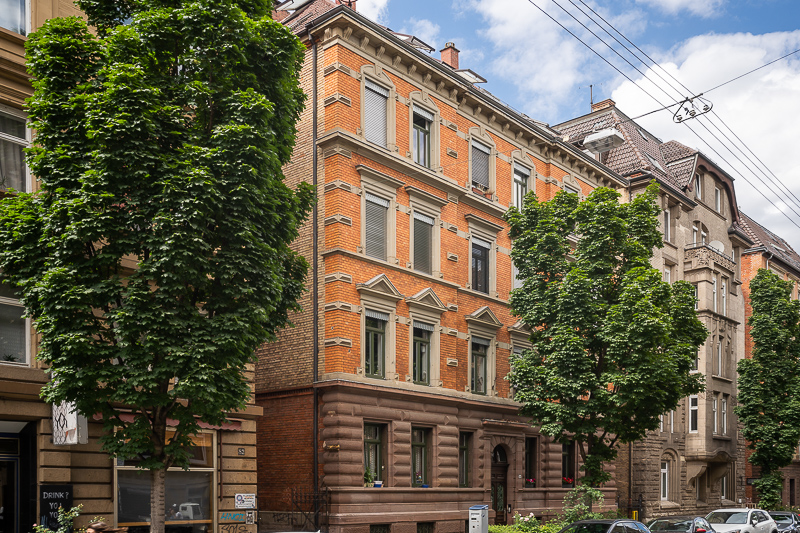
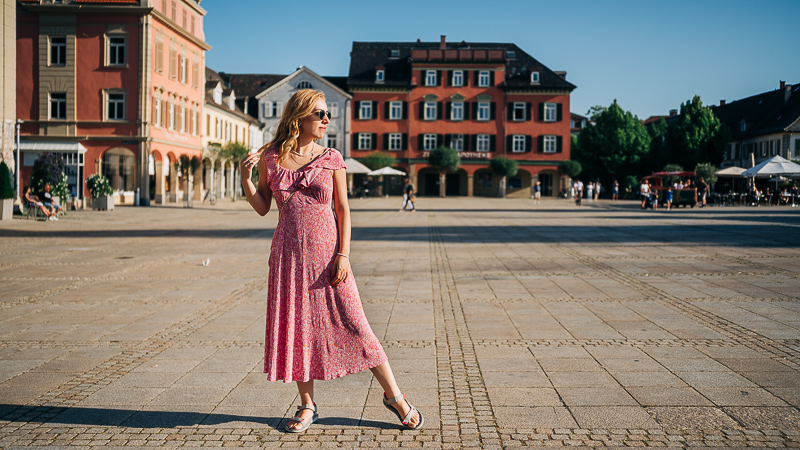
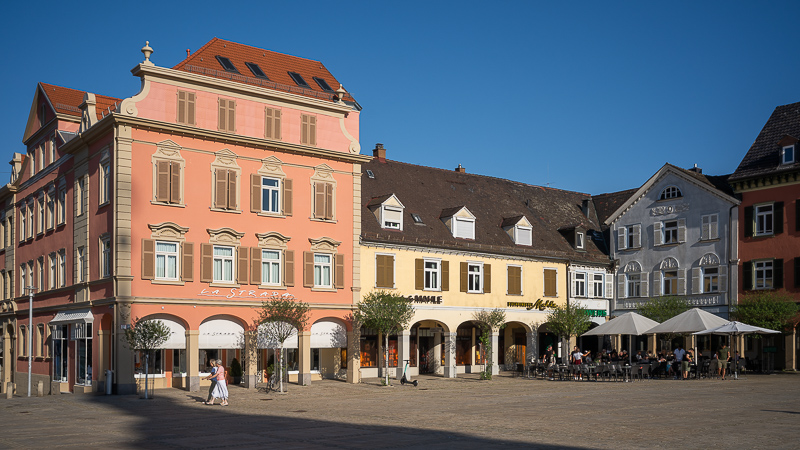
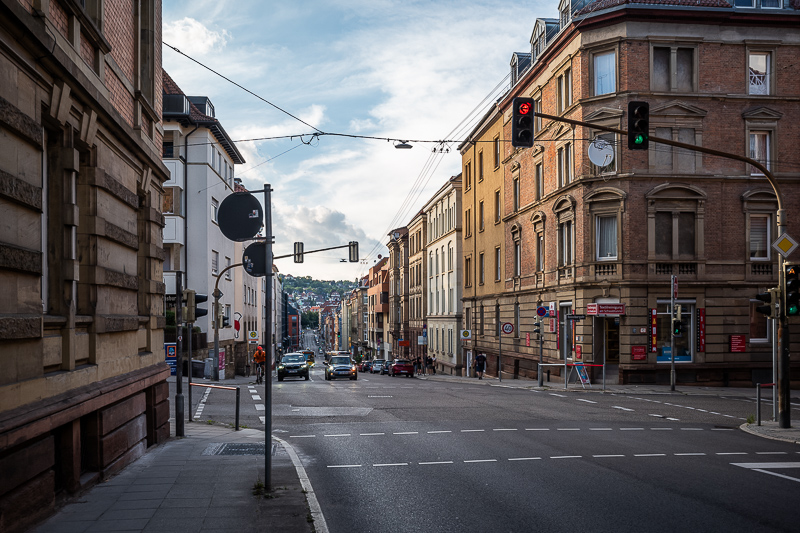
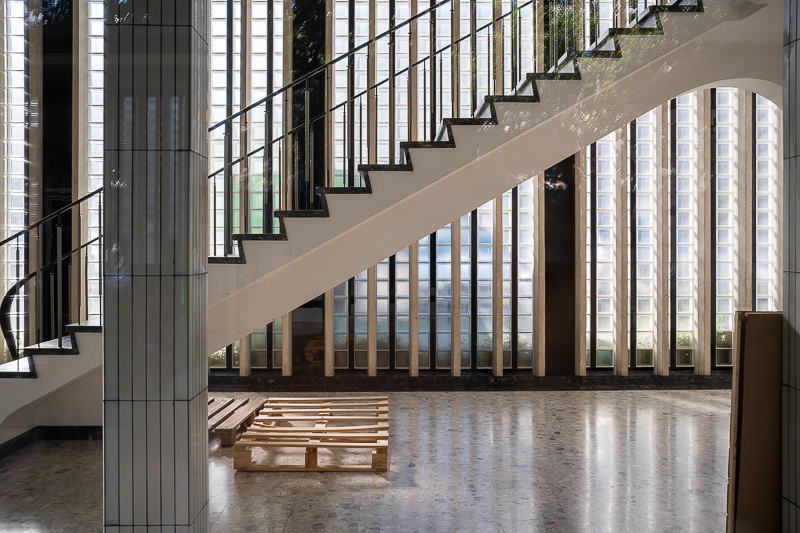
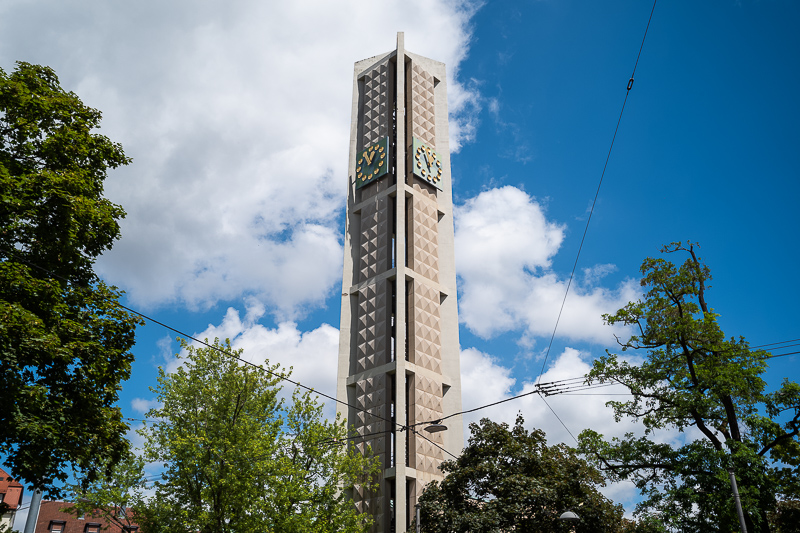
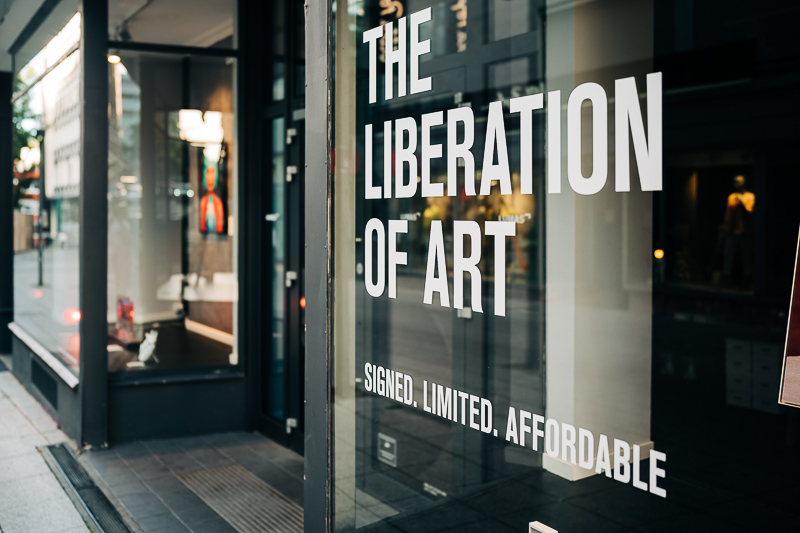
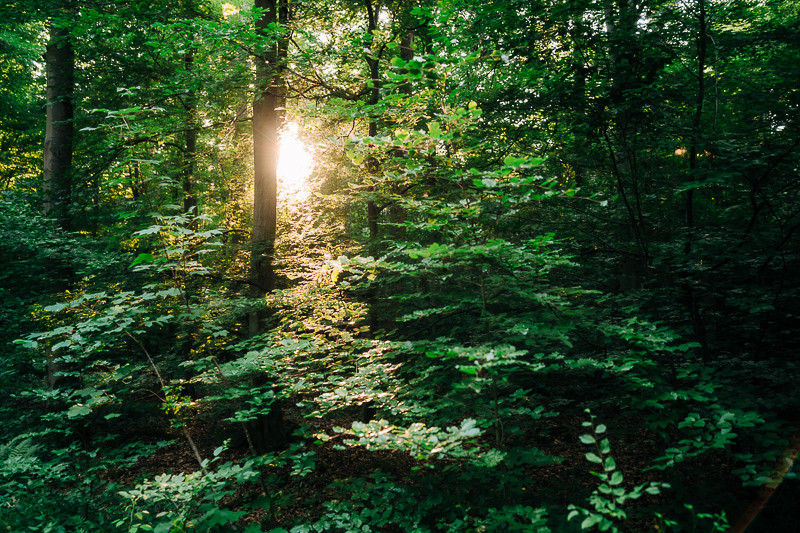
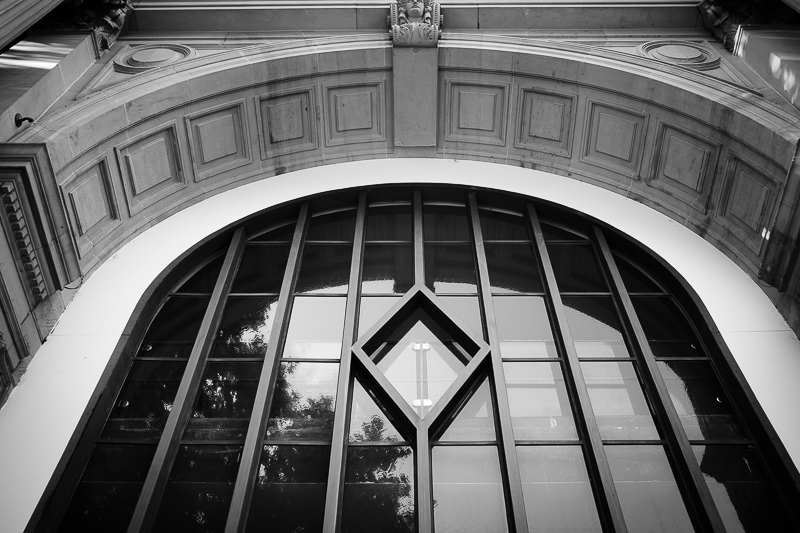
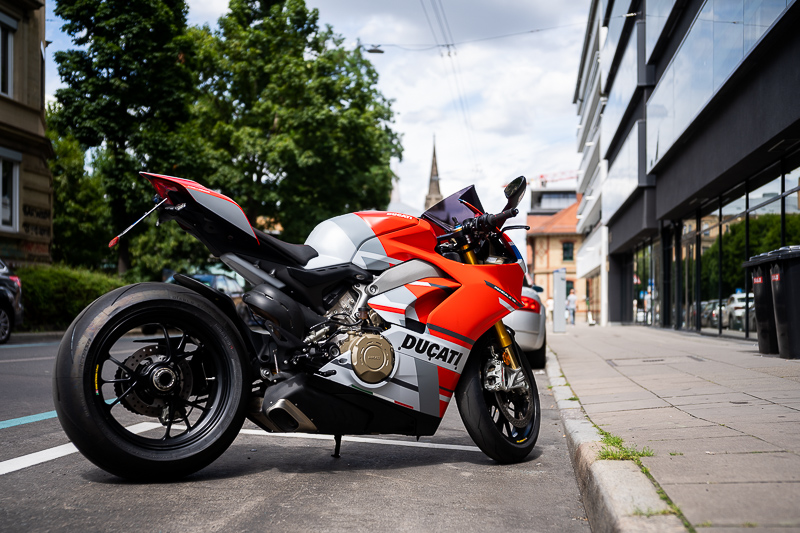
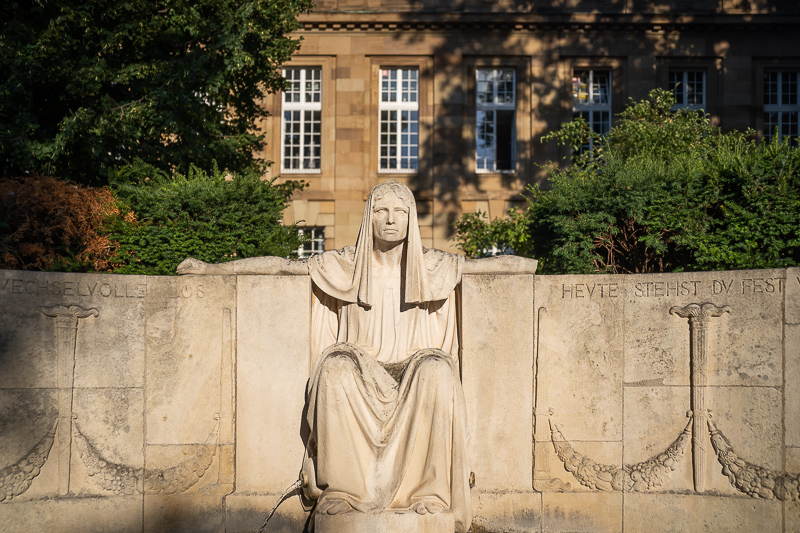
Most of the sample images in this review can be found in full resolution here.
Further Reading
- Sony FE lenses: Our comprehensive and independent guide
- Review: Laowa 9mm 5.6 – The World’s widest lens
- How I edit my pictures
- Lens aberrations explained
Support Us
Did you find this article useful or just liked reading it? Treat us to a coffee!
![]()
![]()
![]() via Paypal
via Paypal
This site contains affiliate links. If you make a purchase using any of the links marked as affiliate links, I may receive a small commission at no additional cost to you. This helps support the creation of future content.
Latest posts by BastianK (see all)
- Review: Nikon Nikkor 105mm 1.8 Ai-s - December 28, 2025
- 2025 – Year in Review - December 23, 2025
- Review: Sony FE 70-200mm 4.0 G Macro OSS II - December 20, 2025
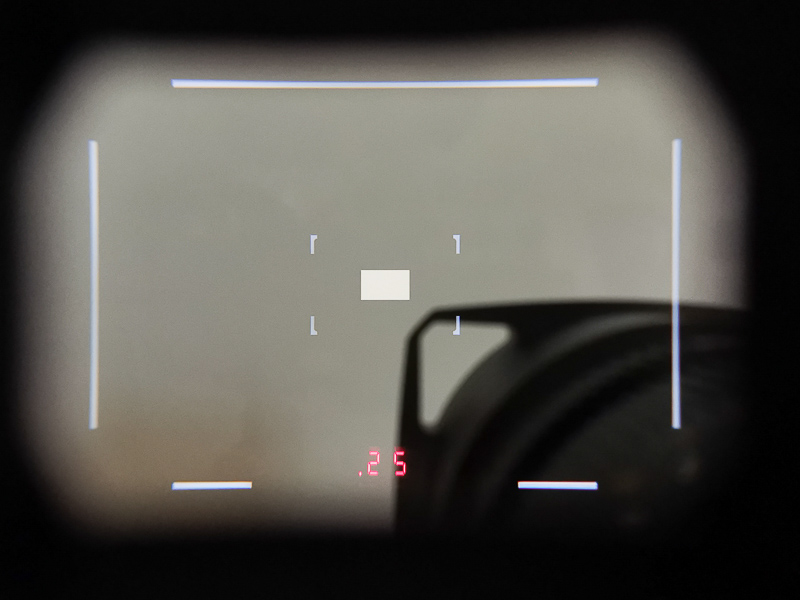
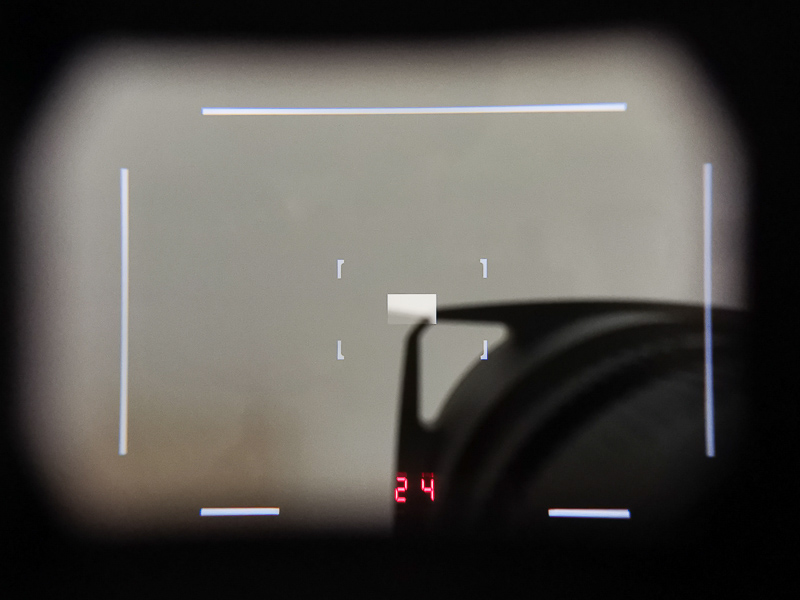


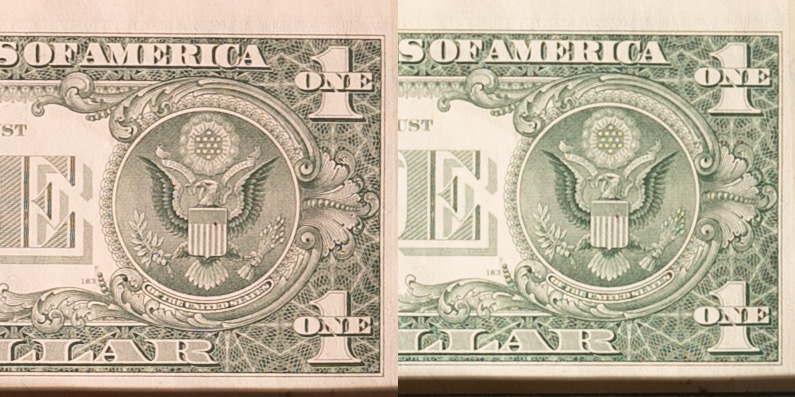
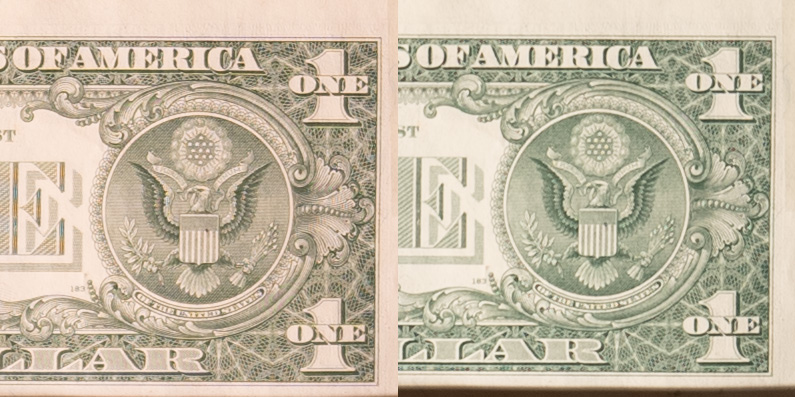

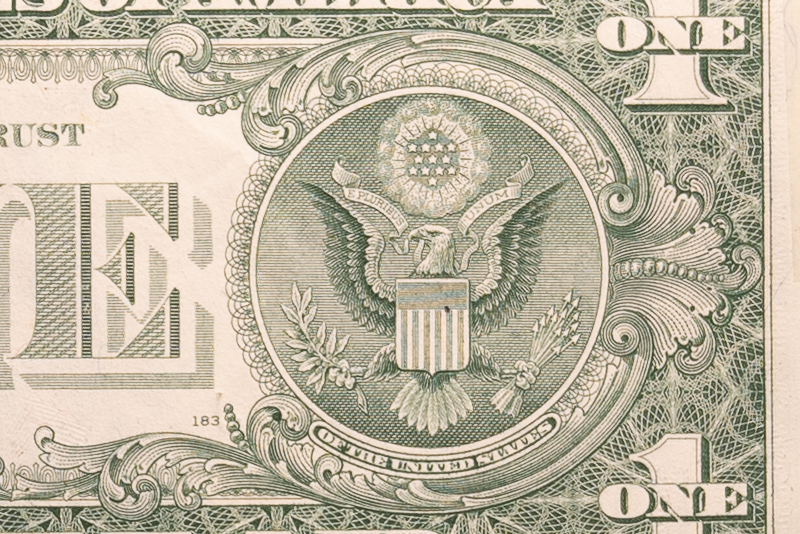
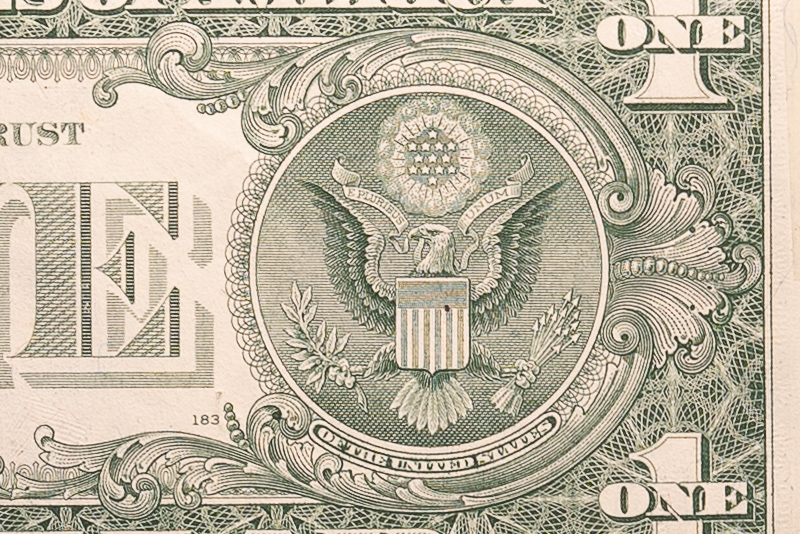
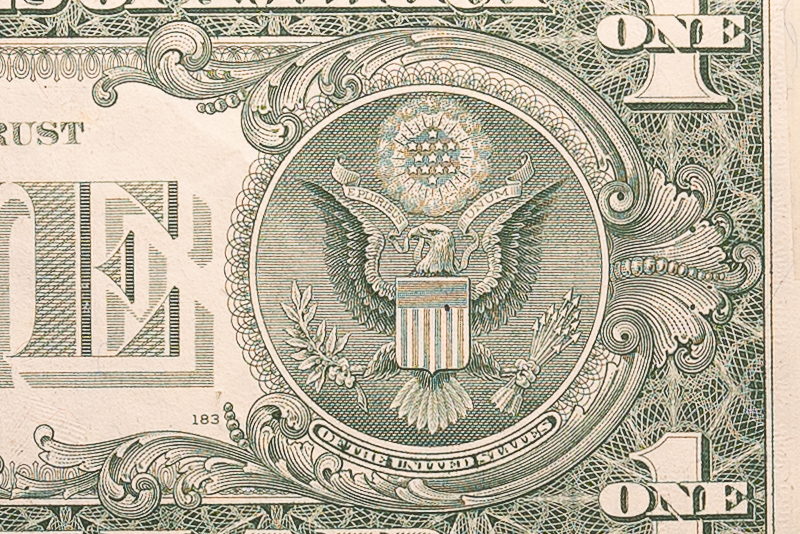



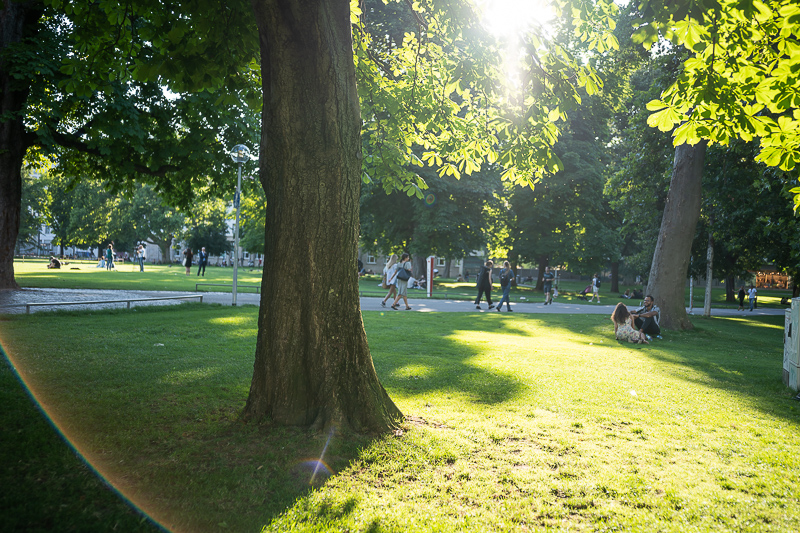


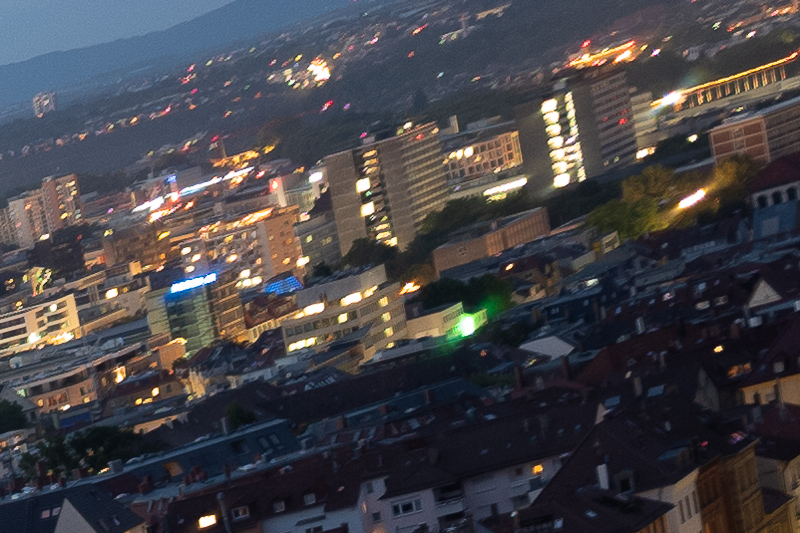
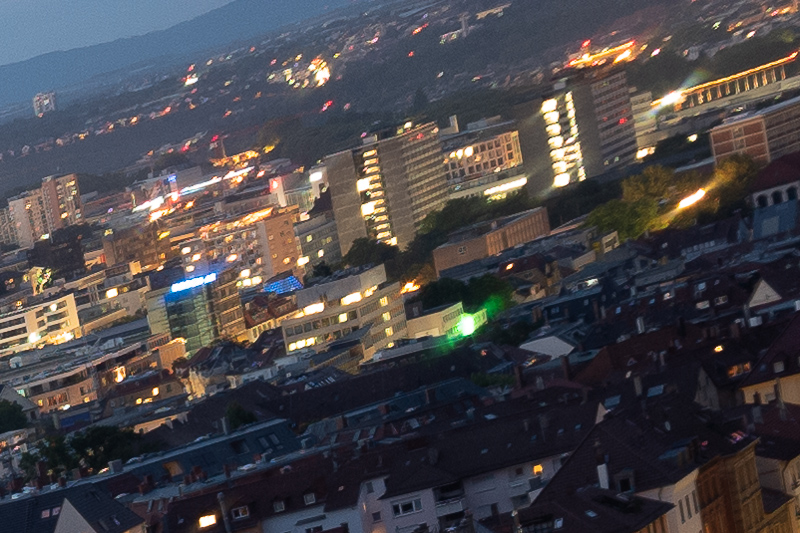

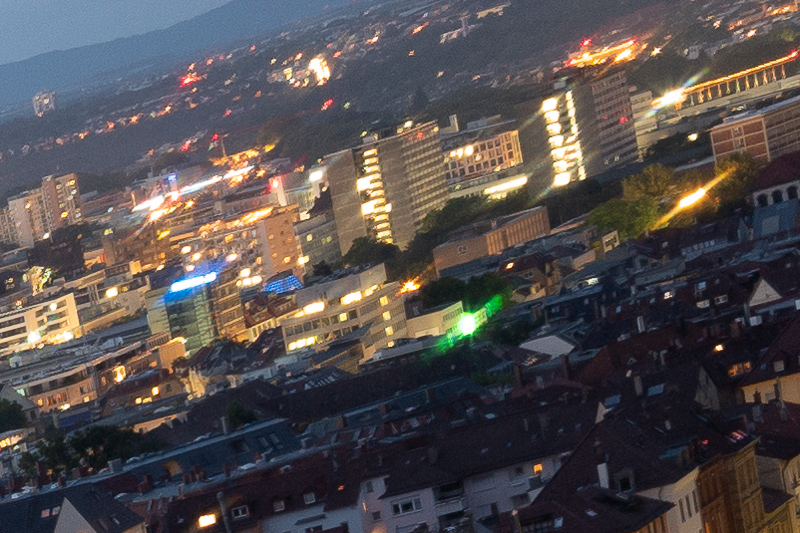

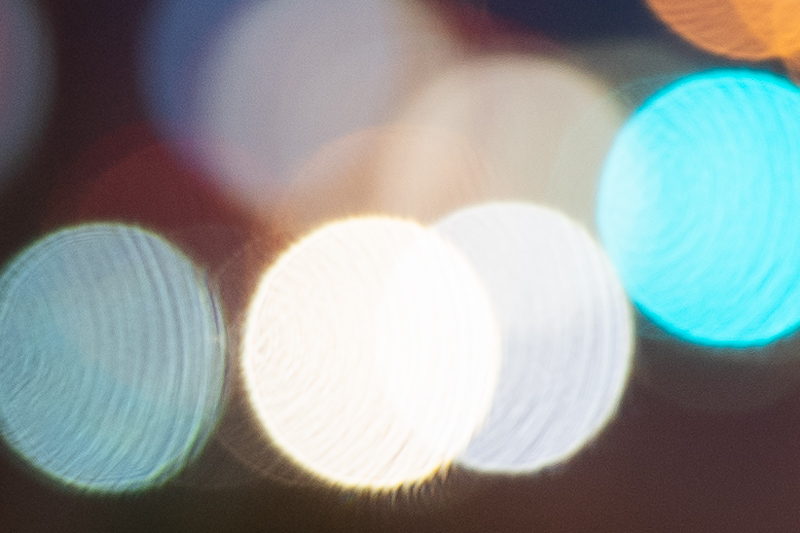

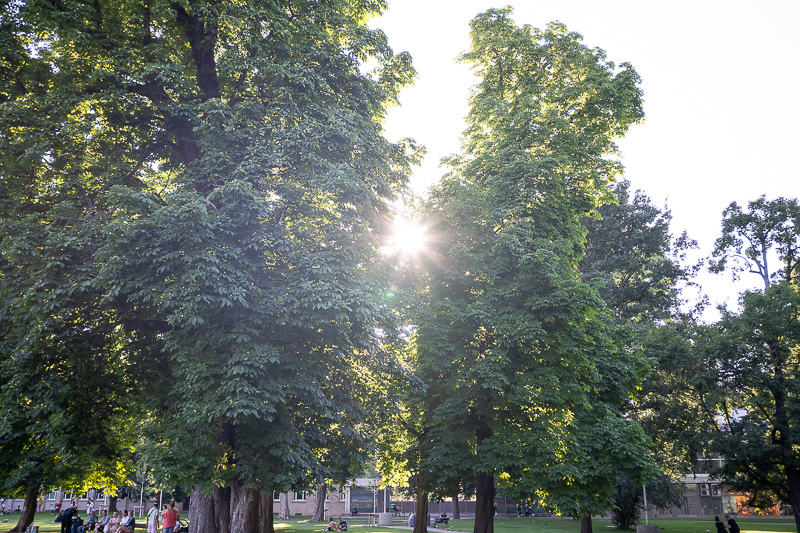
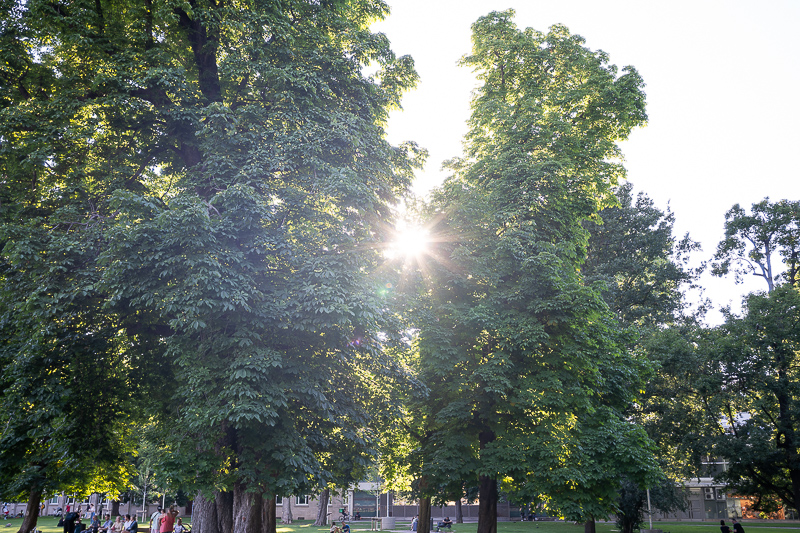

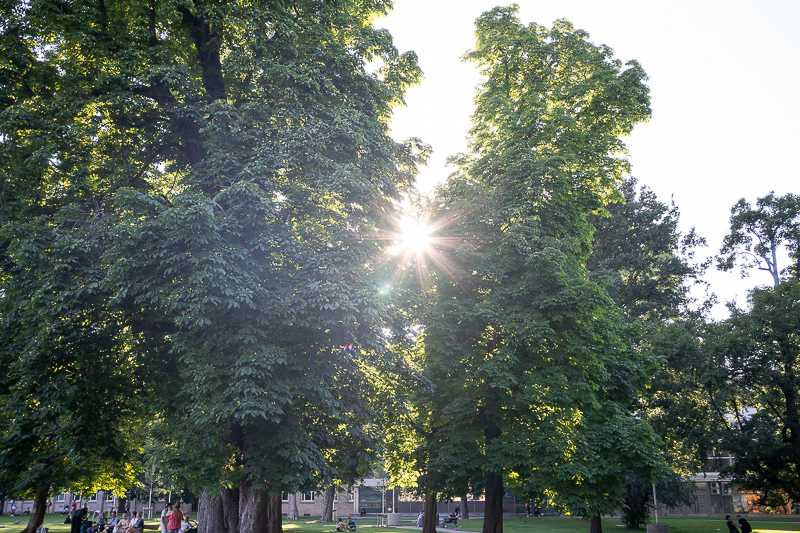
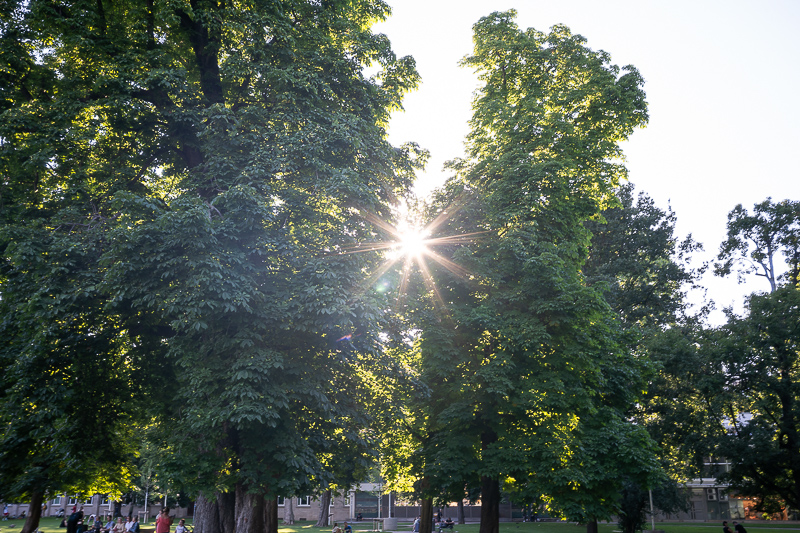
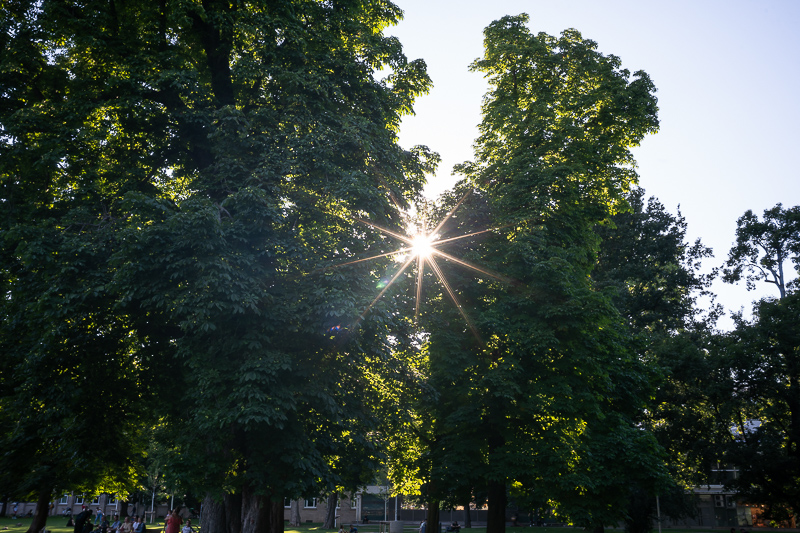
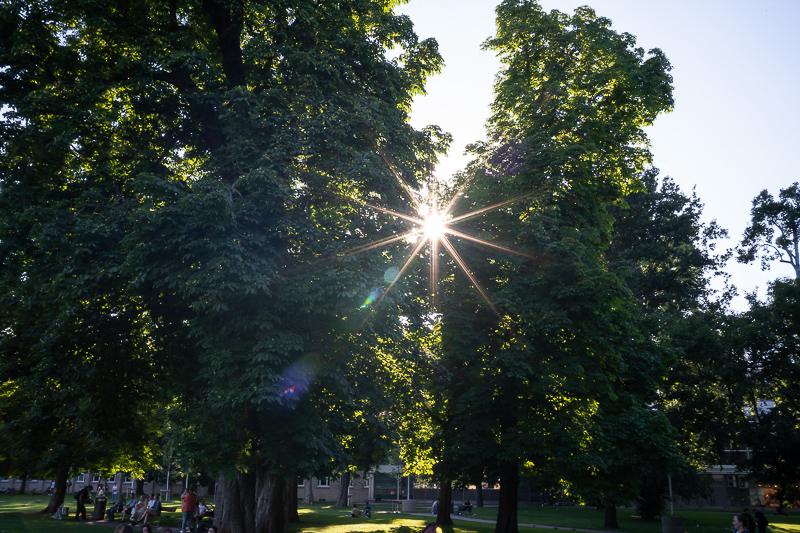
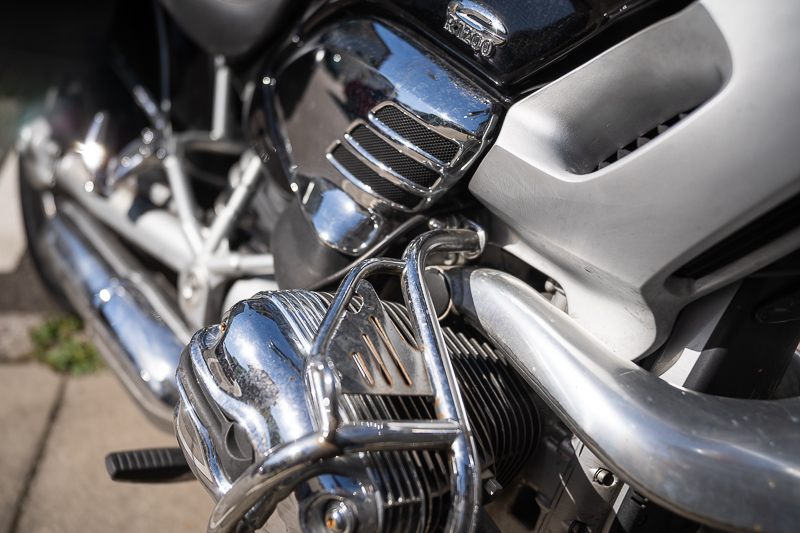
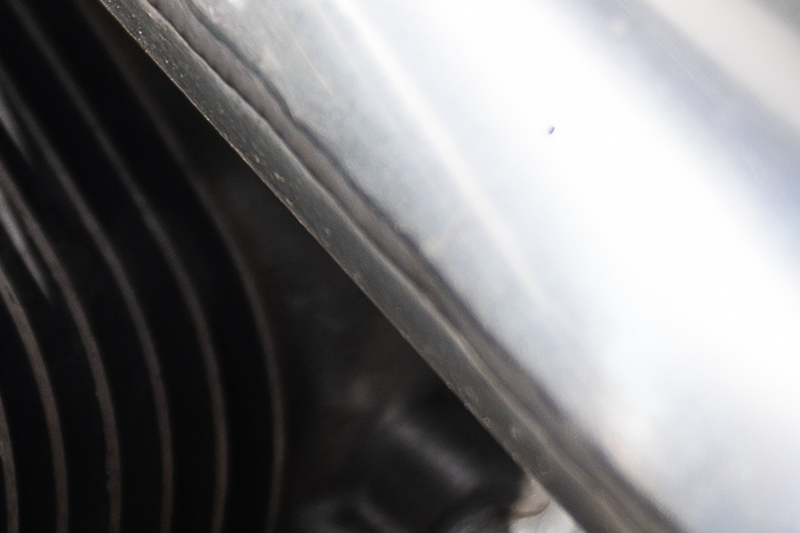
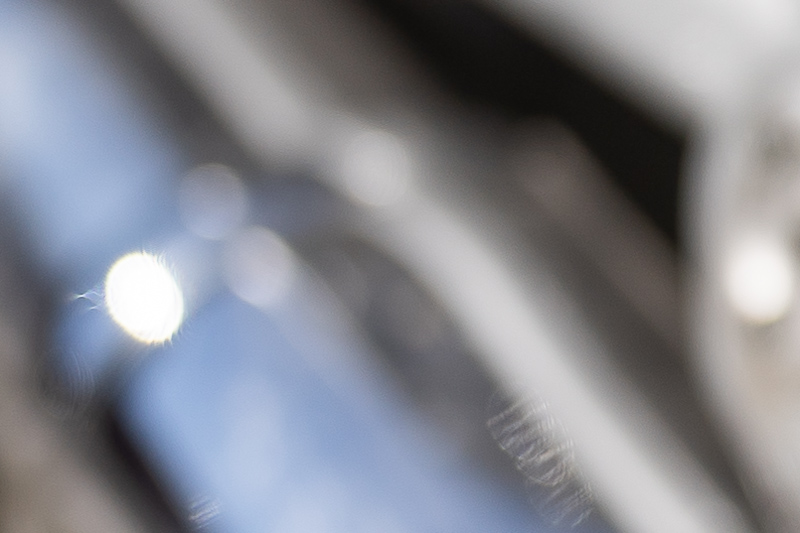
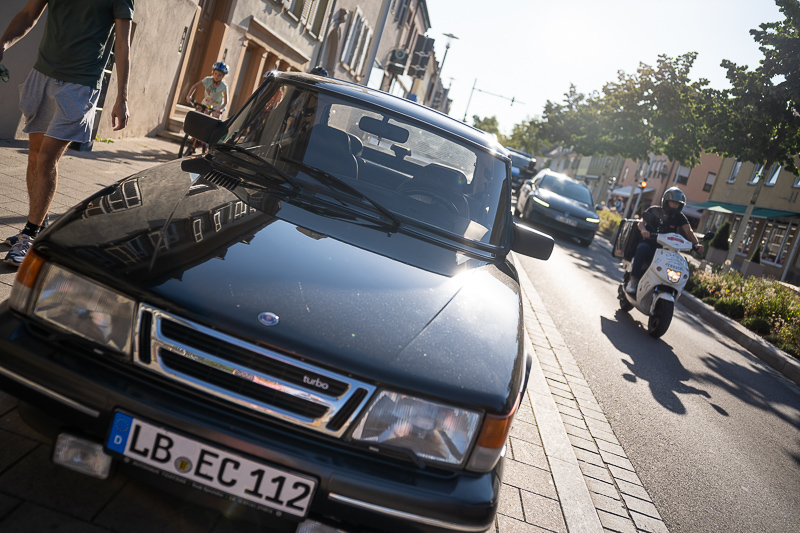


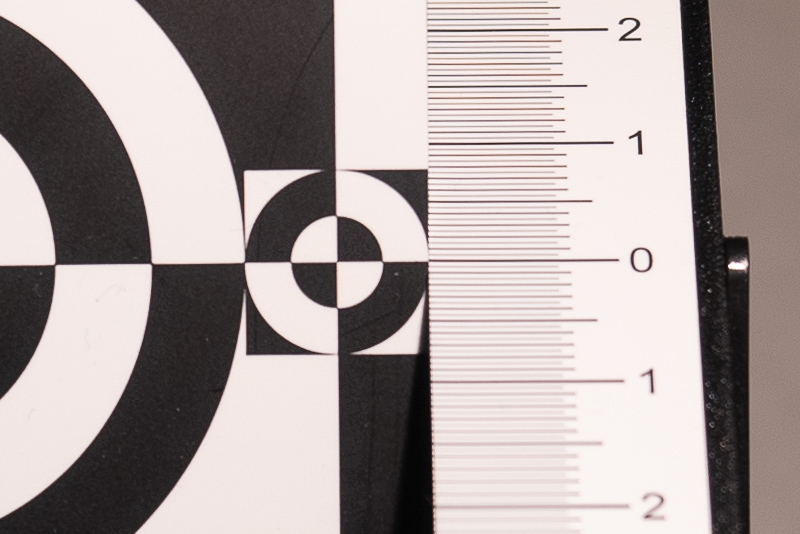
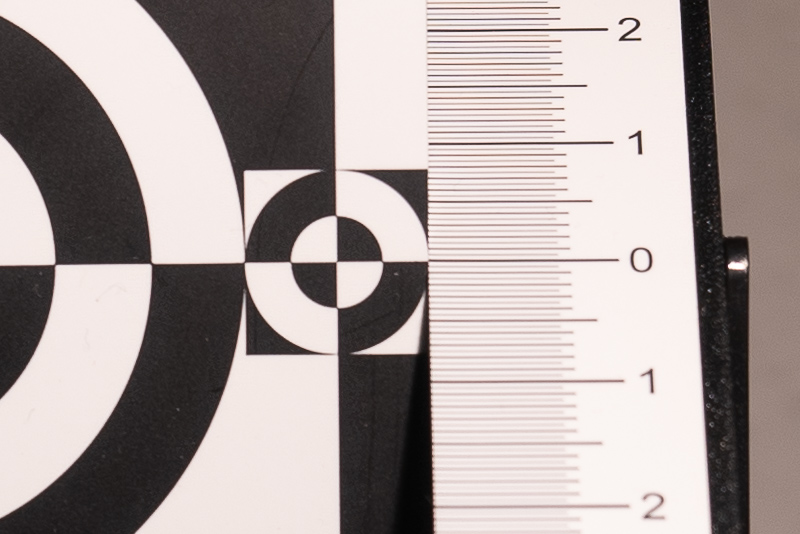
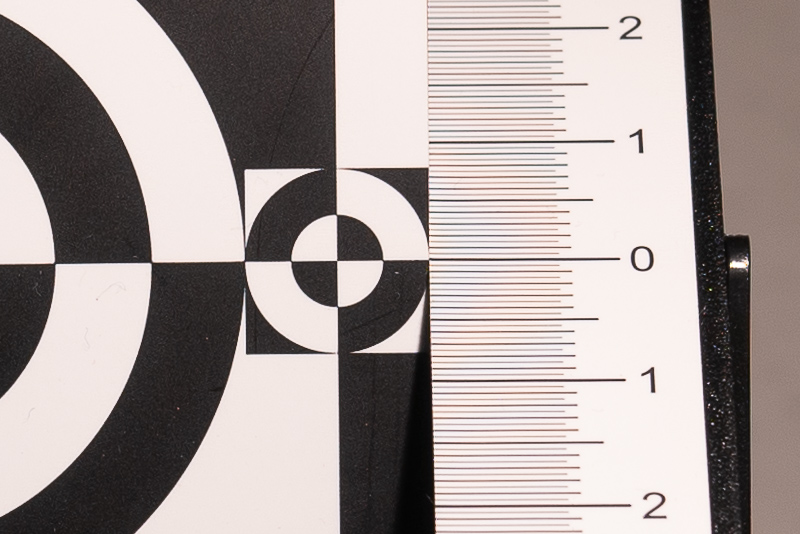
Wow, wonderful! I’ve been waiting for this review – thank you, Bastian! 🙂
PS. In fact, I don’t have Leica, but I believe the Nikon Z version is only a matter of time.
I think so, too.
Hi Bastian,
Thank you very much for this very informative review. It is very impressive to me, how far any kind of CAs are absent. No visible coma is also very impressive.
I hope that TTArtisan/DJ Optical is able to improve the grinding technology for aspheric lenses.
What I dislike is the size of this lens. But I`m afraid that you won`t get a lens sized like the 35mm Summicron pre asph, combined whith the optical quality of this lens…
Btw, do you know if this lens has floating elements?
Best regards,
Christian
Pretty (but not 100%) sure it doesn’t.
This review came just in time for me. I recently purchased the Voigtlander 35mm APO and I have one week left before my return window is up.
I know you weren’t a fan of the Voigtlander, but I really love the images I’m getting when paired with my Sigma fp. The only things I don’t like are the heavy vignetting and slight color shift which I attribute to the thicker sensor glass on the fp.
The TTArtisan seems to have less vignetting and better APO correction than the Voigt. The only downside I see with the TTArtisan is the size/weight, and the uneven aspherical elements that you mentioned. But it is also much, much cheaper.
I’m so tempted to return the Voigt for the TTArtisan.
Thanks for a very nice and comprehensive review (as always!)
I fully agree regarding the “size and weight conscious folk” characterisation of Leica users 🙂 No way I’m getting f2 which weights more that VM 35 1.2 first generation, blocks more of the viewfinder and yet is still not fully sharp wide open. I don’t really care if it’s apo or not, in 90% of cases fringing is easily corrected in software (if disturbing at all). Bokeh is nice, but you don’t buy 35f2 for bokeh…
I wonder if it might be a bit of a benchmark lens for them, to see where they stand compared to the Japanese manufacturers.
35/2 are sought after for bokeh and OOF rendering…it’s largely why the RX1 is still beloved 🙂
Great review and thanks Bastian. Super attractive lens, especially at this price. I understand the reluctance with rangefinders, but the optical performance + smooth rendering + degree of CA correction is really impressive and unique. People are willing to carry Sigma Art and Otus lenses…
I would hope a Z (or other versions) correct the 0.7 MFD.
Thanks again 👍🏻 and curious about that coma artifact issue.
Interesting fact: the TTArtisan 35mm 2.0 weighs exactly the same as an RX1RII incl. battery 🙂
Admittedly, the RX1’s lens is noticeably wider than 35mm and that package has other issues, incl. price.
It also has a sensor, AF, some durability issues and crappy MF—apples to oranges to my mind 🙂
Is the hood removable on this TTA 35?
There is already picture without the hood in the review 😉
lol classic—missed that. That’s what I get for bouncing around the review.
Excellent as always, Bastian. The aspheric grinding causes bokeh balls with fuzzy edges. I don’t think I’ve ever seen that before. I think the size is going to keep RF shooters at bay, but it should find some love among the mirrorless users. If I were in the market for a strong landscape 35, and shot unmodified Sony, it’d be on the list.
I like the lens but I don’t love this lens because of the sunstars and weird radial streaks. The sunstars were especially disappointing. So, I don’t see myself getting this lens. My vintage Nikon 35mm f2.5 e series actually does a lot better in that regard and my CV 40/1.2 has great sunstars already from f1.7! However, I do like the lens. I really like resolution, the CA performance, Bokeh and general rendering, + price. The poor close focusing worry I think doesn’t matter for e-mount if you have a helicoid adapter. At the end of the day I am going to stick with my Voigtlander 40mm 1.2, 7Aartisans 28mm 1.4, and various vintage 35mm lenses. Though, I think this is an option worth considering! Especially if you want a 35mm APO-lens.
I wonder how it performs on foliage background with sony. If it shows corner bokeh like m10 at mid-long distance, I would get this right away.
There are also some sample pictures with foliage in the corners taken with a Sony camera, maybe they can help.
Looks really good for the price!
That size though… I hate to put big lenses on my M6, I like it more compact and this is most certainly not. Can’t say I’ll be buying it. Shame.
While I’ve never used it myself, several of your authors love the Voigtländer 35mm f/1.7. I wonder how the two compare – from a quick eBay search and a glance at your review, weight and price favor the VM. Thanks for the review!
Resolution at frame borders (M10) is horrible for an f/2 lens.
How come this issue is not reported in the “not good” list?
Seems we have a different definition of horrible.
Corner sharpness definition is personal view. I agree to BastianK who did wonderful job here. Thanks to your sharing in very elaborate and excellent review.
Great job!
Would like to see in the near future the battle of the 3 APO’S:-)
But I stay with my 35 and 50mm APO Voigtländer glasses.
Thanks for another thorough and honest review! I was excited for this lens, but the size and weird aspheric grinding artefacts has killed my enthusiasm.
I noticed you’re using the Techart LM-EA9, presumably pre-production? How is it? It’s another piece of gear that I’m looking forward to.
Mechanically the LM-EA9 is really great. A huge step up from the predecessor.
I am more worried about software at this point :/
Ok, I’ll stick with the 40mm Nokton Asph. @f2.
The bokeh and some out of focus rendering of this lens reminds me of the Rx1 series. I like it.
Having got the TTArtisan 1.4/50 ASPH and being utterly delighted with it, is it likely TTArtisan will be bringing this 35 APO and their other M lenses out in E and other mirrorless mounts?
Huge market if they do.
Some of their lenses are already available in E-mount, but I think they mainly created the 6-bit adapter for that.